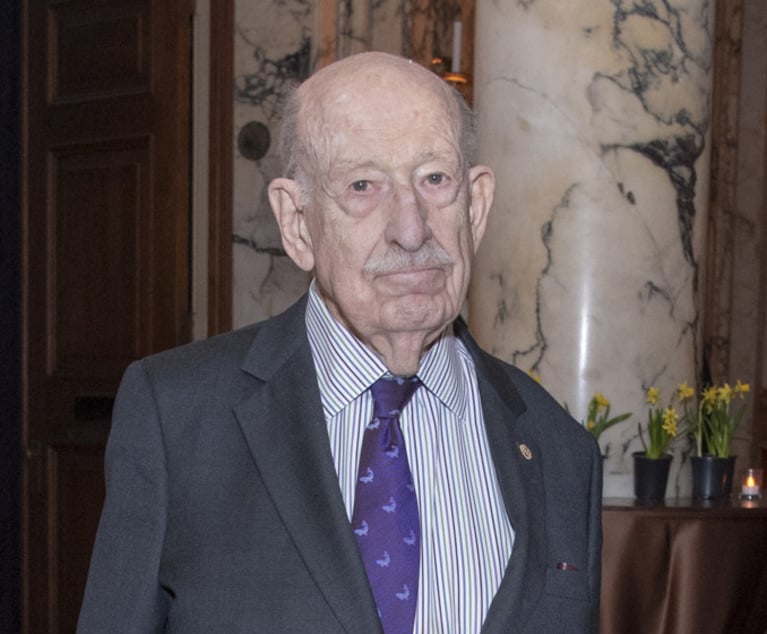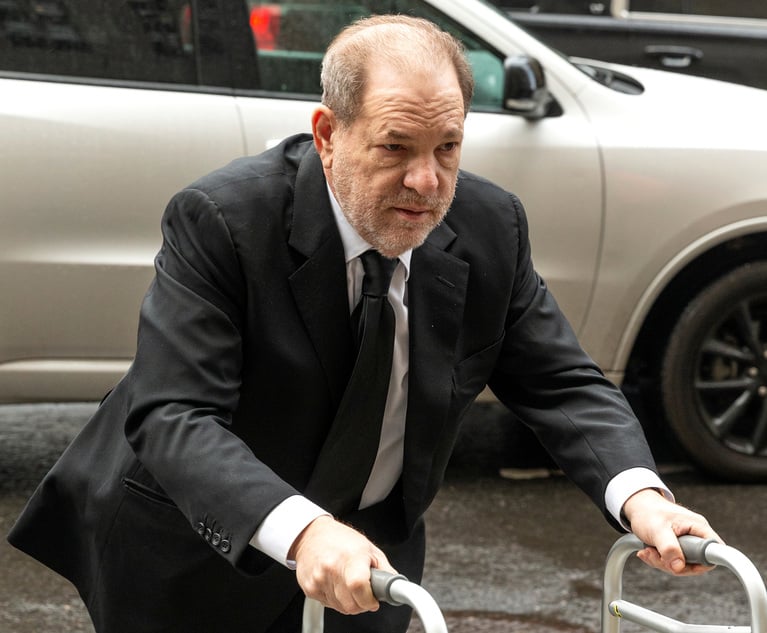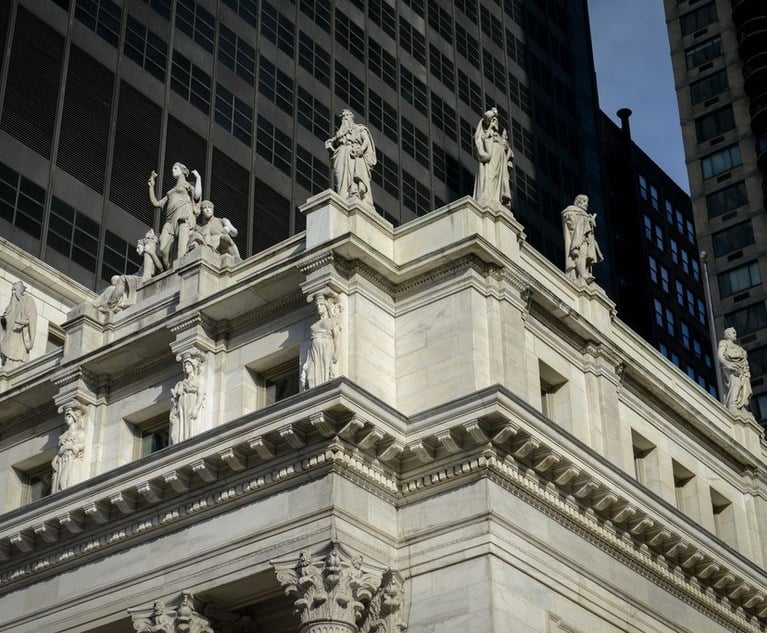The protection of the record needed to preserve your right to challenge asserted error at trial consists of much more than bobbing up and down during trial to voice objections, although it is certainly necessary that timely and appropriate objections be made. It begins when the first pleading is drawn, as the record on appeal from a final judgment consists of the judgment-roll (CPLR 5526[a]), which includes the pleadings (CPLR 5017[a]). It is, therefore, necessary to review and comply with CPLR §§3013-3020 when drafting your pleadings. While leave to amend pleadings is to be freely given, before or after judgment, if there is no prejudice to the opposing party (CPLR 3025[b]), it is better to get it right the first time. You will save your client the expense of making a motion for leave to amend and avoid the anxiety that comes from not knowing whether your motion will be granted and, if granted and the order is appealed, whether it will be affirmed or reversed as an abuse of discretion.
CPLR §5501(a)(3) provides that an appeal from final judgment brings up for review, inter alia, any ruling to which objection was made (CPLR §4017, “Formal exceptions to rulings of the court are unnecessary”), or “any failure to act as requested by the appellant,” and “any failure or refusal to charge as requested by the appellant, to which he objected” (CPLR §4110[b]). You must be specific in your objection; if a general objection is overruled, it is a waiver of all grounds which might have been obviated if they had been specifically stated. “A general objection, in the usual course, is to no avail when overruled if not followed by a specific objection directing the court, and the adversary, to the particular infirmity of the evidence.” People v. Vidal, 26 N.Y.2d 249, 254 (1970).


 Thomas R. Newman and Steven J. Ahmuty Jr.
Thomas R. Newman and Steven J. Ahmuty Jr.




